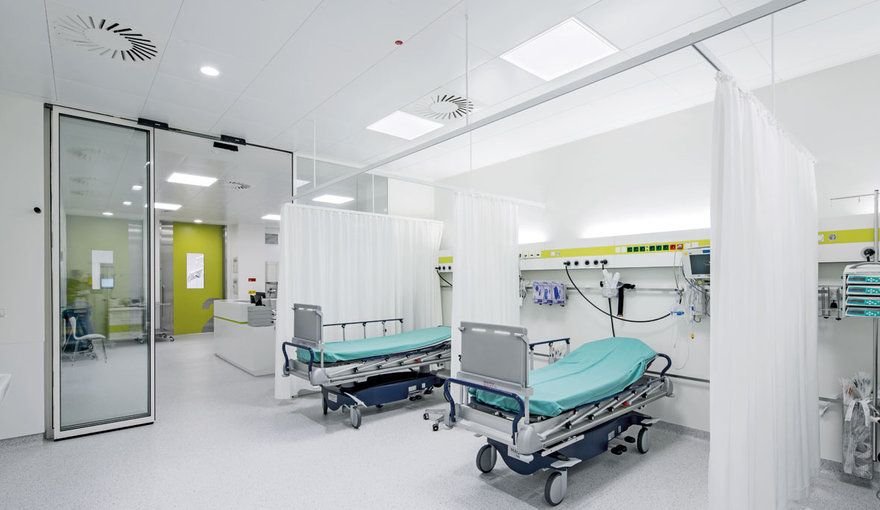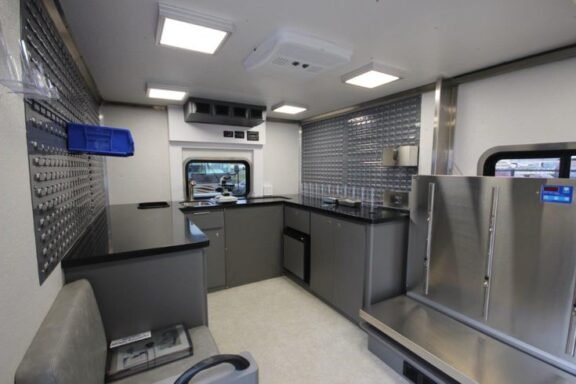Lighting in healthcare settings is a topic that often gets overshadowed by more immediate concerns such as medical equipment and patient care protocols. However, the importance of lighting in hospitals, clinics, and other healthcare facilities cannot be overstated. Good lighting design can enhance patient recovery, improve staff performance, and reduce errors. Let’s delve into the various ways lighting impacts healthcare and how thoughtful design can make a significant difference.
Enhancing Patient Recovery
The environment plays a crucial role in the healing process, and lighting is a key component of that environment. Natural light, for instance, has been shown to have numerous benefits for patients. Exposure to natural light helps regulate circadian rhythms, which can improve sleep patterns—a critical factor in patient recovery. Studies have shown that patients with access to natural light experience less pain, take fewer pain medications, and have shorter hospital stays.
Artificial lighting, when designed thoughtfully, can mimic the beneficial aspects of natural light. This includes adjusting the intensity and color temperature of lighting to correspond with the time of day. Warm, dim lights in the evening can help prepare patients for sleep, while bright, cool lights in the morning can aid in waking them up and boosting their mood.
Improving Staff Performance
Healthcare professionals often work long hours in demanding and stressful environments. Proper lighting can enhance their performance and reduce fatigue. Bright, well-distributed lighting reduces the risk of errors, which is paramount in environments where precision is critical. For example, in operating rooms and emergency departments, high-quality lighting ensures that medical staff can see clearly, reducing the likelihood of mistakes during procedures.
In less critical areas, such as administrative offices and break rooms, lighting can still have a profound impact. Adjustable lighting systems that allow staff to control the intensity and color temperature can help reduce eye strain and improve overall comfort. This, in turn, can lead to better job satisfaction and lower turnover rates.
Reducing Errors
In the healthcare setting, errors can have serious, even fatal, consequences. Adequate lighting is essential in preventing these errors. For instance, in medication preparation areas, high-quality lighting ensures that labels are read correctly and dosages are measured accurately. In patient rooms, proper lighting can help nurses and doctors perform their duties more effectively, whether it’s administering medication or conducting a physical examination.
Furthermore, well-designed lighting can also improve patient safety by reducing the risk of falls. This is particularly important in elderly patients who are more prone to falls. Night lights or low-level illumination in patient rooms and hallways can provide enough visibility for patients to move around safely without disrupting their sleep.
Promoting Mental Health
The impact of lighting on mental health is an area of growing interest. In healthcare settings, this is particularly relevant for patients with mental health conditions. Bright, natural light has been found to improve mood and reduce symptoms of depression. For patients in psychiatric wards, exposure to natural light can be a vital part of their treatment plan.
In addition to natural light, color temperature and light intensity can also affect mental health. Cooler, blue-enriched light during the day can enhance alertness and cognitive function, which is beneficial for both patients and staff. On the other hand, warmer, dimmer lights in the evening can help promote relaxation and reduce anxiety.
Energy Efficiency and Sustainability
Beyond the immediate benefits to patients and staff, healthcare lighting also has implications for energy efficiency and sustainability. Healthcare facilities are typically large consumers of energy, and lighting is a significant part of that consumption. Implementing energy-efficient lighting solutions, such as LED lights, can reduce energy usage and lower operating costs.
Moreover, sustainable lighting design can contribute to the overall environmental goals of healthcare institutions. This includes using daylight harvesting techniques, where sensors adjust artificial lighting based on the amount of natural light available. It also involves selecting lighting fixtures and controls that have a lower environmental impact throughout their lifecycle.
Conclusion
Lighting in healthcare settings is far more than a matter of visibility. It plays a critical role in patient recovery, staff performance, error reduction, mental health, and sustainability. As healthcare facilities continue to evolve, so too should their approach to lighting design. By prioritizing thoughtful and innovative lighting solutions, healthcare providers can create environments that promote healing, efficiency, and well-being.
In the future, we can expect to see even more advanced lighting technologies that further enhance the healthcare experience. From smart lighting systems that adapt to individual needs to innovations that integrate lighting with other aspects of the healthcare environment, the possibilities are vast. Ultimately, by shining a light on the importance of healthcare lighting, we can illuminate the path to better health outcomes for all.






